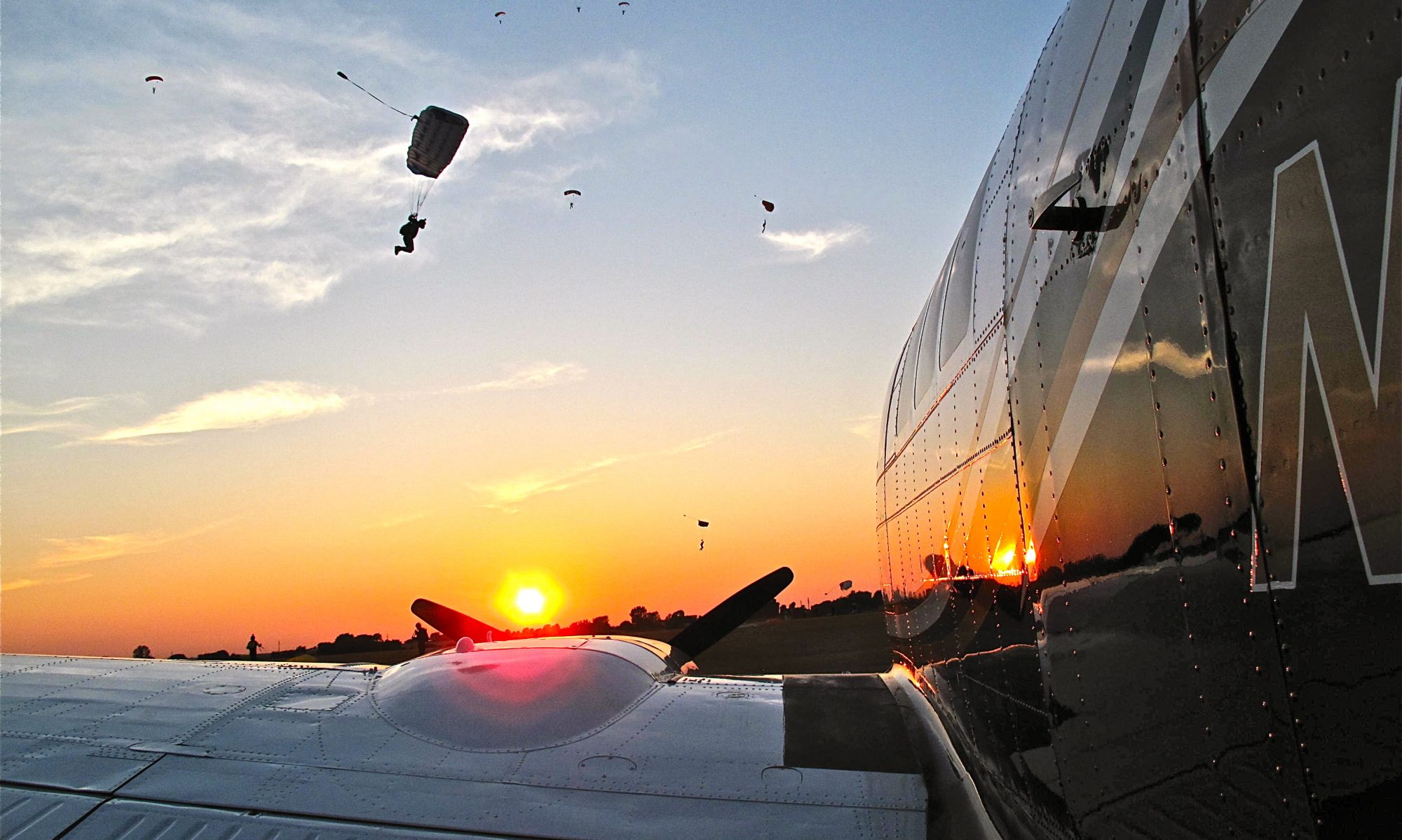There are a number of airports around the world where ferry pilots cross paths; Goose Bay, Labrador, Shannon, Ireland, Santa Maria, in the Azores, Narsarsuaq, Greenland, Reykjavik, Iceland and of course St. Johns, Newfoundland. If two or more pilots happen to be at the same airport when flight planning an ocean crossing they will often check each other’s navigation, thoughts on the weather and possible routes. It’s also a great opportunity to catch up on the latest gossip, flying stories and stupid things other pilots have done.
Sitting at the flight planning table in St. Johns I watched snow swirling on the icy ramp without really seeing it. My mind was far away thinking about the hundred little details involved in my flight to Santa Maria island that morning. My thoughts were interrupted when a pilot in didn’t know walked up and asked if I was taking one of the northern routes. The new ferry pilot had been directed to me by the director of operations as one of the more experienced ferry pilots around, a title I had never expected to obtain.
I knew the routes the young pilot was asking about; St. Johns to Goose Bay, Labrador, then on to Iceland with a stop in Greenland if needed or straight to Iceland from Newfoundland if you had favorable winds and enough fuel. Those routes could save a ferry pilot time and money but one of the first things Pete Demos taught me when I started flying for Orient Air was to stay away from the northern route in the winter. The brutal cold found near the Arctic Circle made flight operations difficult and dangerous. Oil congealed, making engines difficult to start, throttle and mixture cables froze and broke, batteries ran down and maintenance was expensive.
As bad as the flying was, it was nothing compared to the conditions you were flying over. Crashing on land during winter could mean hypothermia and frostbite, going down in the water meant almost certain death. If you found yourself in your life raft in the north Atlantic at that time of year it was unlikely you could survive the frigid temperatures long enough for a ship to reach you, especially if you got wet getting into your raft.
Just weeks before that I had heard about a pilot who had been rescued after going down in the ocean en-route to Iceland. In my opinion he was one lucky son of a bitch and I didn’t hesitate to add my opinion of him to my answer.
“No, I’m not taking the northern route, not like that moron who went down last month.”
A voice spoke up from behind me, “And what moron would that be?”
I turned around in my seat and looked at the man standing there.
“I suppose that was you.” I said, a little embarrassed.
“Yep, that was me.”
“Sorry,” I said sheepishly “what happened?”
The ferry pilot sat down on the edge of the table I was working on and told me his story.
He was flying a small single engine plane from the U.S. to England with the new owner along as a passenger. Personally I hated flying with the owner on a ferry trip or anyone else for that matter. When I’m alone on a trip I have no one to answer to, no one to argue with the decisions I make, no one to see my mistakes. When you have another pilot along they have a tendency to question everything you do and generally make a nuisance of themselves. They also use up precious supplies too fast if you end up in the raft. Although if worst came to worst you could always eat them.
The two of them were about three hours out from St. Johns on their way to Iceland when the pilot noticed the oil pressure dropping. Almost immediately rising oil temperature confirmed the problem, they were losing oil and losing it fast. The pilot immediately headed back toward St. Johns but it didn’t take long for the engine to start making a loud squealing noise followed by smoke coming into the cockpit. When they started losing power the pilot made a mayday call to Gander Control and gave them their position from the GPS as they descended into the thick cloud deck they’d been flying above.
The pilot told me that he almost screwed up big time by trying to stay in the air as long as he could because as the Mooney made its long shallow descent, flames started flickering under the cowling. Luckily by the time the engine fire started they were less than a thousand feet over the ocean and almost through the clouds.
To Be Continued:
